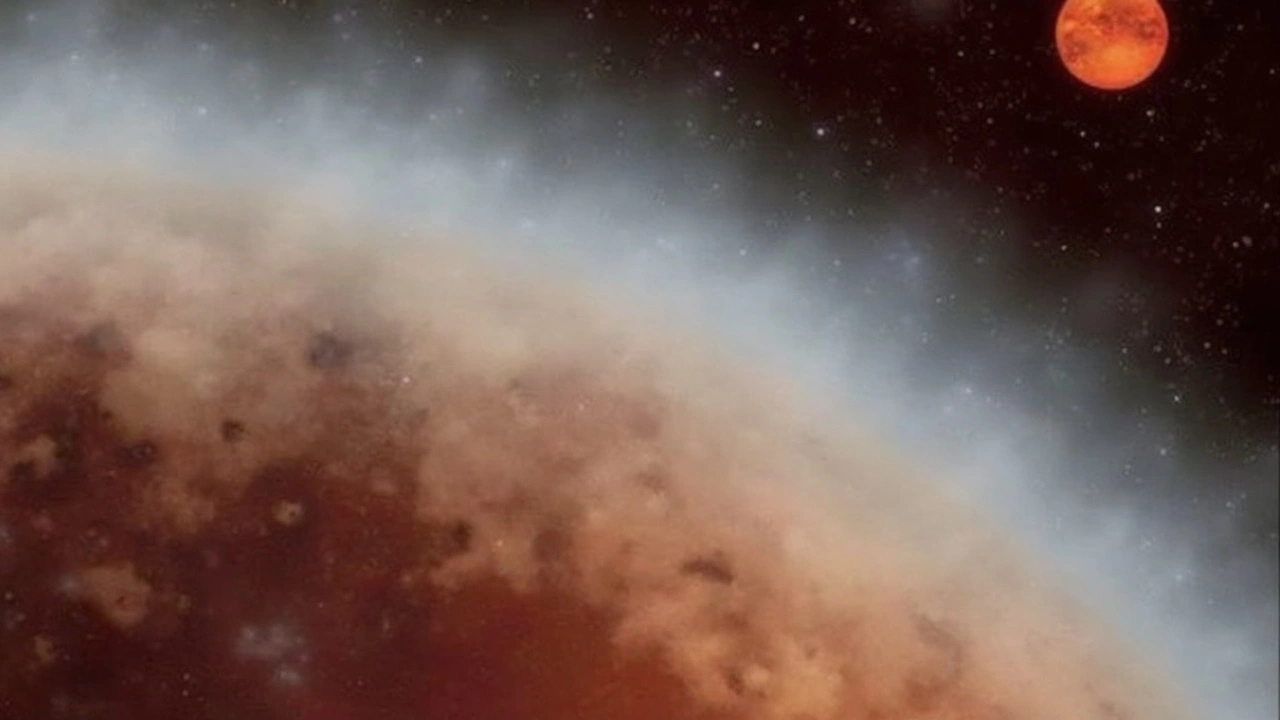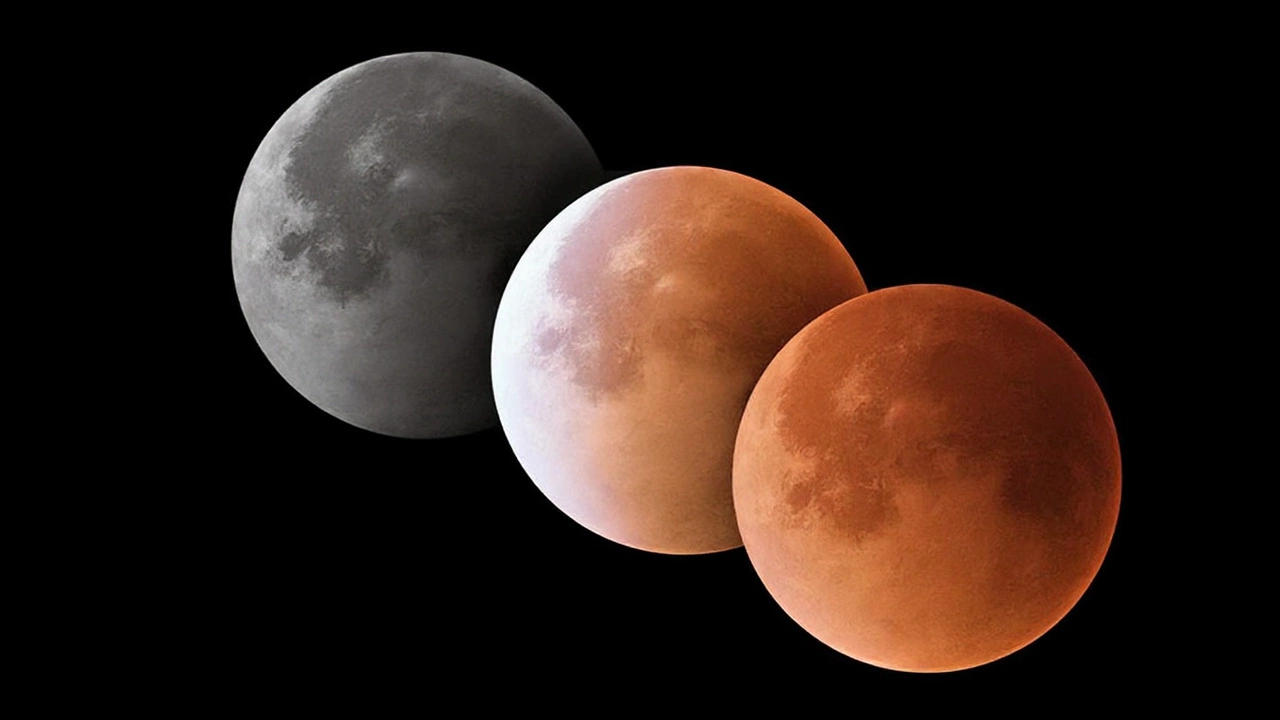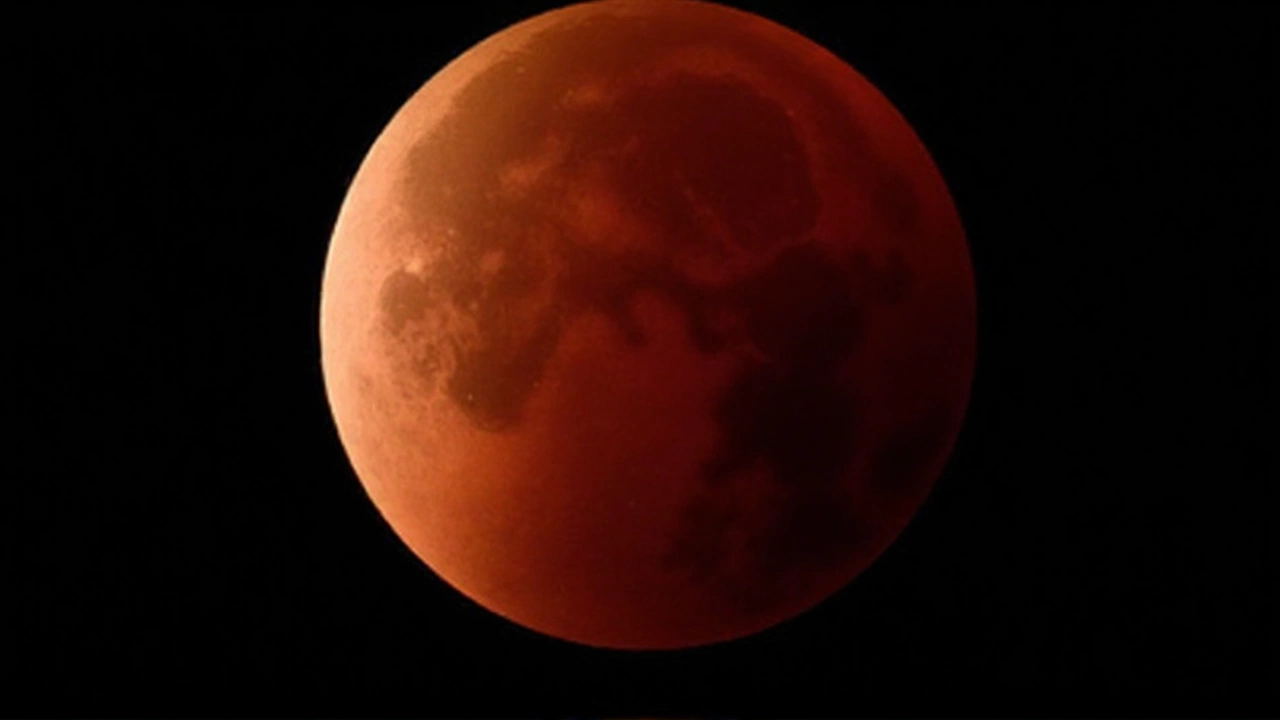Science – Latest Space Discoveries & Astronomy Tips
Welcome to the science corner where we break down the biggest space stories in plain language. No jargon, just the facts you need to stay in the loop and maybe try something cool yourself.
JWST Reveals Possible Life Signs on Distant World
The James Webb Space Telescope just spotted something intriguing on an exoplanet called K2-18b. This planet sits in the "Hycean" zone – a sweet spot where water and hydrogen could mix, making it a candidate for life. JWST detected higher levels of dimethyl sulfide and dimethyl disulfide in the atmosphere. On Earth those chemicals often come from microbes, so the signal sparked a lot of excitement.
Scientists aren’t calling it a discovery yet. They need more observations to rule out other sources, like volcanic activity. Still, the find gives a fresh direction for future missions looking for biosignatures. If you follow space news, this is the kind of clue that keeps the hunt for aliens alive.
How to Capture the 2025 Blood Moon Eclipse
The next total lunar eclipse – known as a Blood Moon – will roll across North America on March 14, 2025. The moon will turn a deep red as Earth’s atmosphere filters sunlight. If you want a great photo, start by picking a dark spot away from city lights. A DSLR with a telephoto lens (200mm or longer) works best, but a good mirrorless camera will do too.
Set your camera to manual mode. Start with an ISO around 800, aperture f/5.6 to f/8, and a shutter speed of 1–2 seconds. Use exposure bracketing to capture several shots at different exposures – that way you can blend the best bits later. A sturdy tripod is a must; even the slightest shake blurs a moon that's only a few inches across in the frame.
Don’t forget to focus manually. Switch the lens to live view, zoom in on the moon, and adjust focus until the craters are sharp. Check light‑pollution maps before you head out, and bring extra batteries – cold nights drain power fast.
These tips work for any lunar event, but the 2025 eclipse is special because it’s visible across the entire continent. The next one won’t happen here until 2029, so mark your calendar.
Whether you’re tracking exoplanet chemistry or snapping a red moon, staying updated means you never miss a chance to explore. Keep checking this page for fresh science updates, simple how‑tos, and the occasional mind‑blowing discovery.

The James Webb Space Telescope detected chemical markers potentially indicating life on exoplanet K2-18b. This distant world, known as a Hycean planet, shows elevated levels of dimethyl sulfide or dimethyl disulfide in its atmosphere, which could be linked to microbial activity. While these findings offer promising insights into extraterrestrial life, further observation is necessary to confirm their origins.
Continue Reading

Astrophotographers in North America should gear up for the spectacular total lunar eclipse on March 13–14, 2025. The event offers a unique chance to photograph the blood-red Moon. Preparation includes selecting dark locations, using the right gear like DSLRs, telephoto lenses, and adjusting camera settings for optimal results. Key techniques involve light pollution maps, exposure bracketing, and manual focus.
Continue Reading

The spectacular Blood Moon total lunar eclipse will be visible on March 14, 2025, across the Americas. As Earth aligns between the Sun and Moon, the moon will glow red due to the Earth’s atmosphere filtering sunlight. The event unfolds in four phases, allowing safe naked-eye viewing, with the next North American eclipse slated for 2029.
Continue Reading







